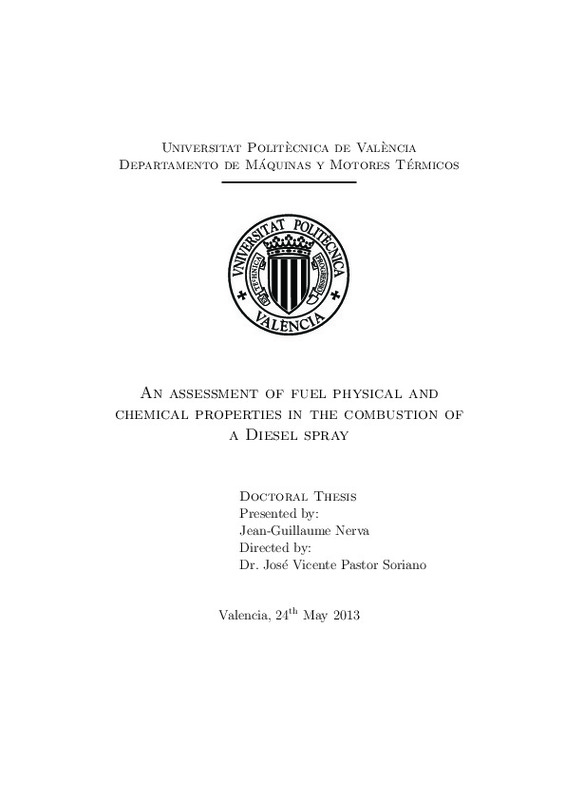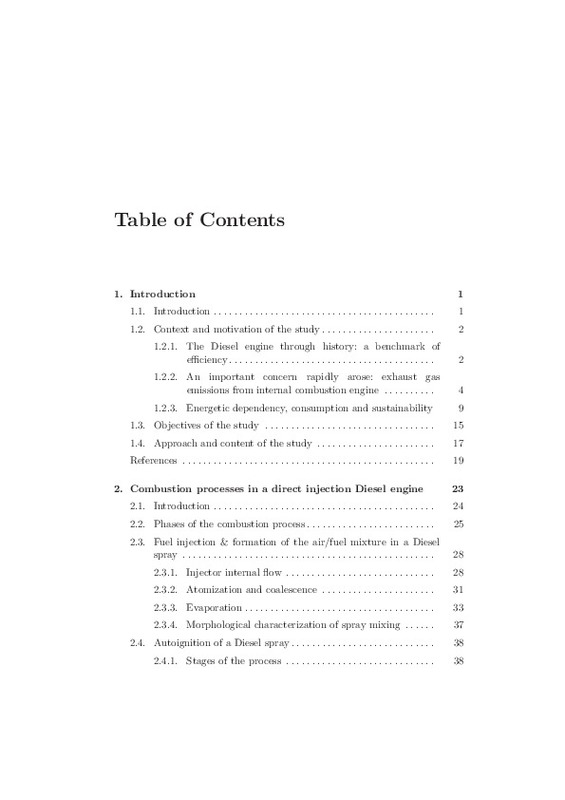- RiuNet repositorio UPV
- :
- Investigación
- :
- Tesis doctorales
- :
- Ver ítem
JavaScript is disabled for your browser. Some features of this site may not work without it.
Buscar en RiuNet
Listar
Mi cuenta
Estadísticas
Ayuda RiuNet
Admin. UPV
An Assessment of fuel physical and chemical properties in the combustion of a Diesel spray
Mostrar el registro completo del ítem
Nerva, J. (2013). An Assessment of fuel physical and chemical properties in the combustion of a Diesel spray [Tesis doctoral]. Universitat Politècnica de València. https://doi.org/10.4995/Thesis/10251/29767
Por favor, use este identificador para citar o enlazar este ítem: http://hdl.handle.net/10251/29767
Ficheros en el ítem
Metadatos del ítem
| Título: | An Assessment of fuel physical and chemical properties in the combustion of a Diesel spray | |||
| Autor: | Nerva, Jean-Guillaume | |||
| Director(es): | ||||
| Entidad UPV: |
|
|||
| Fecha acto/lectura: |
|
|||
| Resumen: |
With the slow but ineluctable depletion of fossil fuels, several avenues are currently being explored in order to define the strategic boundaries for a clean and sustainable energetic future, while accounting for the ...[+]
|
|||
| Palabras clave: |
|
|||
| Derechos de uso: | Reserva de todos los derechos | |||
| DOI: |
|
|||
| Editorial: |
|
|||
| Tipo: |
|
recommendations
Este ítem aparece en la(s) siguiente(s) colección(ones)
-
Tesis doctorales [5467]







![Text file [Text]](/themes/UPV/images/text.png)



